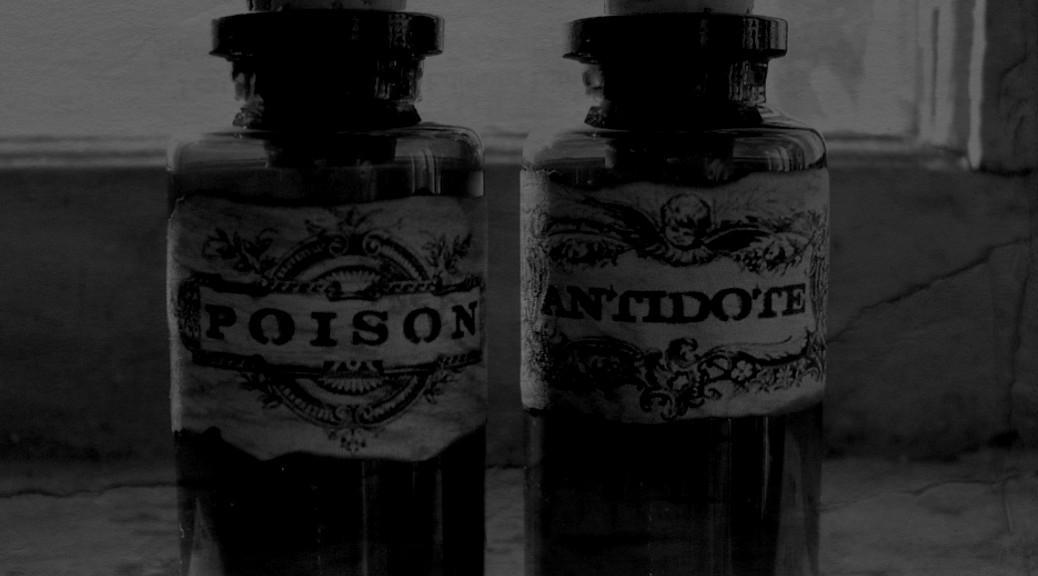
Anna Beniamino: Pathophysiology of the prison monster: poisons and antidotes (October 2024)
Article translated and published in Spanish in “Tinta de Fuga,” periódico anárquico contra las prisiones y la sociedad carcelaria, no. 7, segundo semestre 2024.
PHYSIOPATHOLOGY OF THE PRISON MONSTER:
POISONS AND ANTIDOTES
Stories of mice and men
In pharmacology laboratories, antidepressants are tested with an experiment of exquisitely human cruelty: a mouse, drugged or “nature,” is submerged in a glass cylinder half-filled with water and the time of desperate swimming before immobility overtakes is calculated.
Usually the rodent without psychotropic support tries to climb along the cylinder and jump for 5 minutes before giving up; antidepressants lengthen desperate swimming attempts by a few minutes before resignation overtakes.
Stripped of the cynicism it conveys, the Porsolt or “desperate swimming” test is a useful allegory to illustrate the current situation in Italic jails and this summer’s trickle of suicides and riots in the overcrowded, dilapidated communal sections1, a charcoal of forced cohabitation in cramped spaces, in a word humiliating human dignity: drug-induced apathy and depression, the ubiquitous “therapy,” desperate attempts at reaction that often take self-harming forms, backyard hegemonies, desolidarization, childish brawls, where there is a constant pouring of suggestions and models from TV dramas, which is then the lobotomizing diversion that overcomes “therapy” in the pervasive echoing from cell to cell.
To the pathological infantilization of the individual, the prison works methodically, depriving him not only of freedom of movement, but also of that of minimal choice in the course of the day: the idiotic and incomprehensible regulations, the extreme bureaucratization of every minutia of daily survival. Depersonalizing mechanisms that deprive one’s humanity, the application of which essentially serves to establish the pressure of the repressive structure (and the individual’s capacity for resistance or adaptation), are handled aseptically, feeding a meat grinder where reactions can cover the entire range between anesthetized apathy and revolt as an assertion of subsistence in life rather than claim.
This Dantesque bedlam is overlaid and counterbalanced by the fragmentation and consequent isolation of differentiated sections and circuits. In most compas one finds oneself as well as in small numbers, divided from the rest of humanity in chains, locked between high-security sections and, even more isolated, in 41bis2 circuits.
High-security sections have an additional internal separation to avoid contact between those accused of “terrorism,” domestic and international (AS2) and those of “mafia-style criminal conspiracy” (AS3) and related offenses, to avert, in the eyes of the legislature, monstrous criminal chimeras due to cross-species interbreeding3. Or, more prosaically, even if only to prevent the spread of a basic knowledge of one’s rights as a prisoner, a subject on which political prisoners are normally better versed, as they come from more literate backgrounds on the subject and are more prone to the consequent dialectic.
In AS, with the rubber stamp of the “mafia” or “terrorism” formula, an opposite strategy is applied to the overcrowded common sections: separation between prisoners, removal from the place of residence to make contact with family members more difficult, reduced contact with the outside world (fewer interviews, 4 hours monthly, and fewer phone calls, 2 monthly of 10 minutes each), heavier sentences, with less if any possibility of alternative sentences under the aegis of 4bis o.p. 4.
Then there is 41bis, the bottom of the well, the bottleneck of the repressive funnel where it is easier to get in than to get out, in the highest degree5, with a further exacerbation of solitary confinement, intracarceral and extracarceral: a one-hour interview per month with partitioned glass and audio-video recording; almost total postal censorship; limitation of items allowed in the cell, including books and music CDs, the purchase of which is in any case made very difficult, if not impossible; one hour of air time per day in cramped, netted yards and with socializing with up to three other prisoners (in fixed groups selected by management).
This prologue, unpleasant, is to explain a minimum the difficulties and contradictions experienced, as antiauthoritarians, in facing and fighting prison these days in these shores.
The strategy of isolation, sterilization of human contacts and rescission of solidarity networks is obviously not an Italian prerogative but, as our Chilean comrades are well understanding, a practice that is spreading and being perfected there as well, as in the aggravation of Francisco’s conditions of isolation and the restructuring of the Alta Seguridad. Just as everywhere the restructuring of detention facilities combines punitive logics toward the individual refractor with those of a “Fordist” efficiency of preventive repression aimed at creating compartmentalized and incommunicative levels to more effectively and aseptically manage control, inside as well as outside. Continue reading “Anna Beniamino: Pathophysiology of the prison monster: poisons and antidotes (October 2024)”

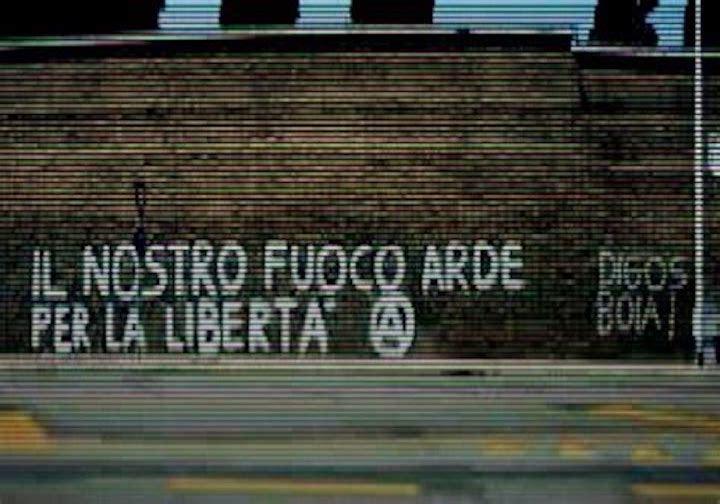

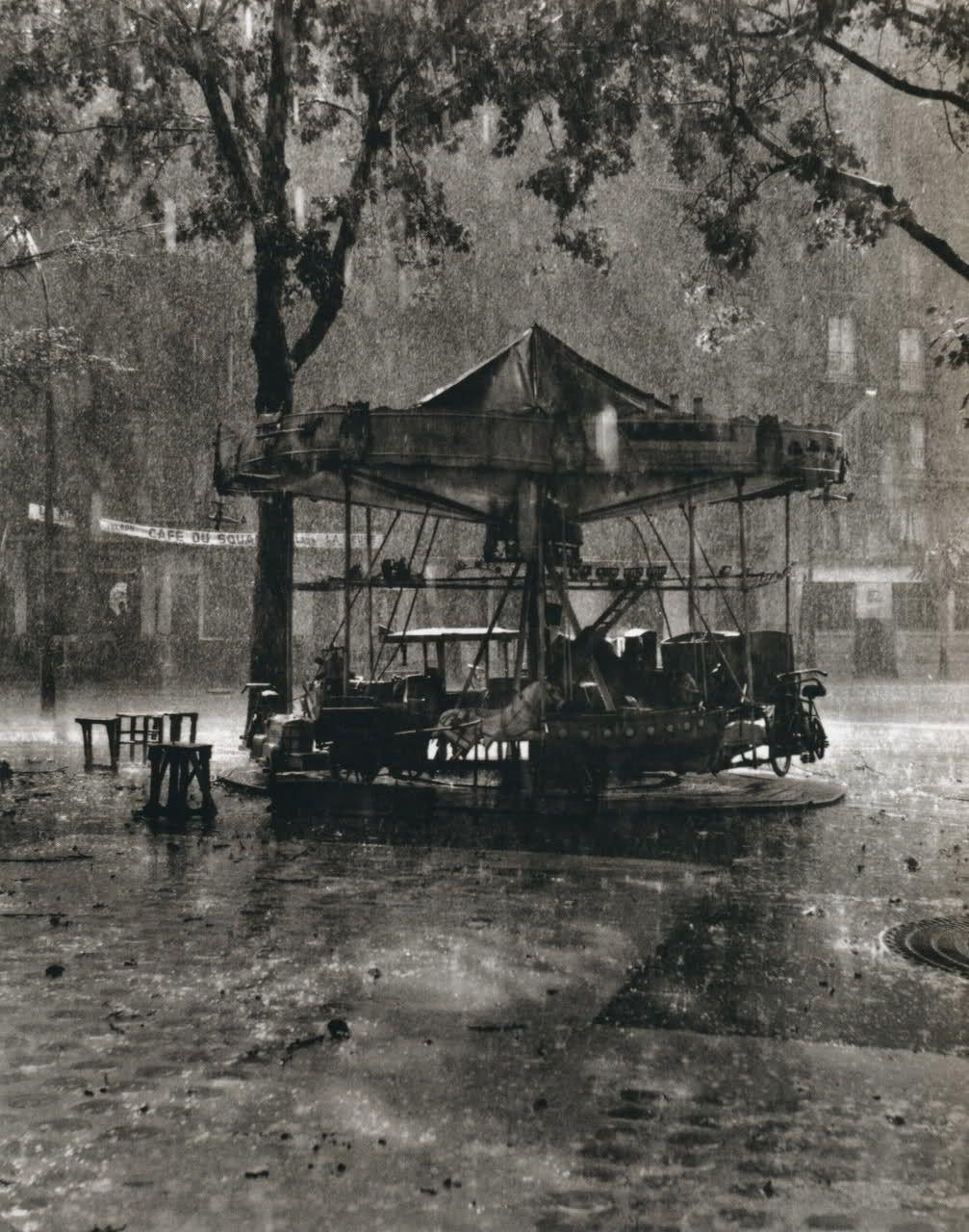
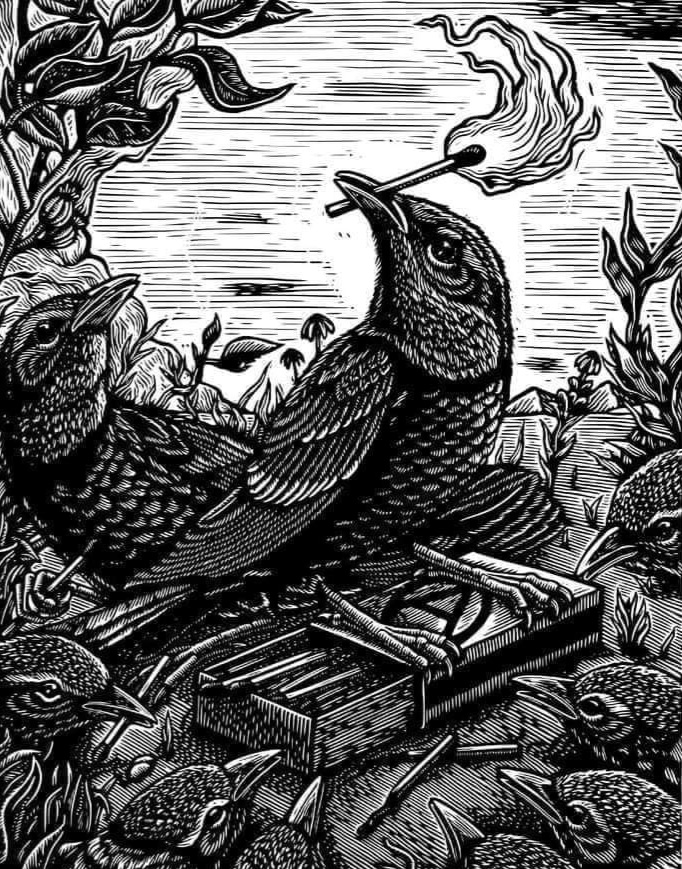
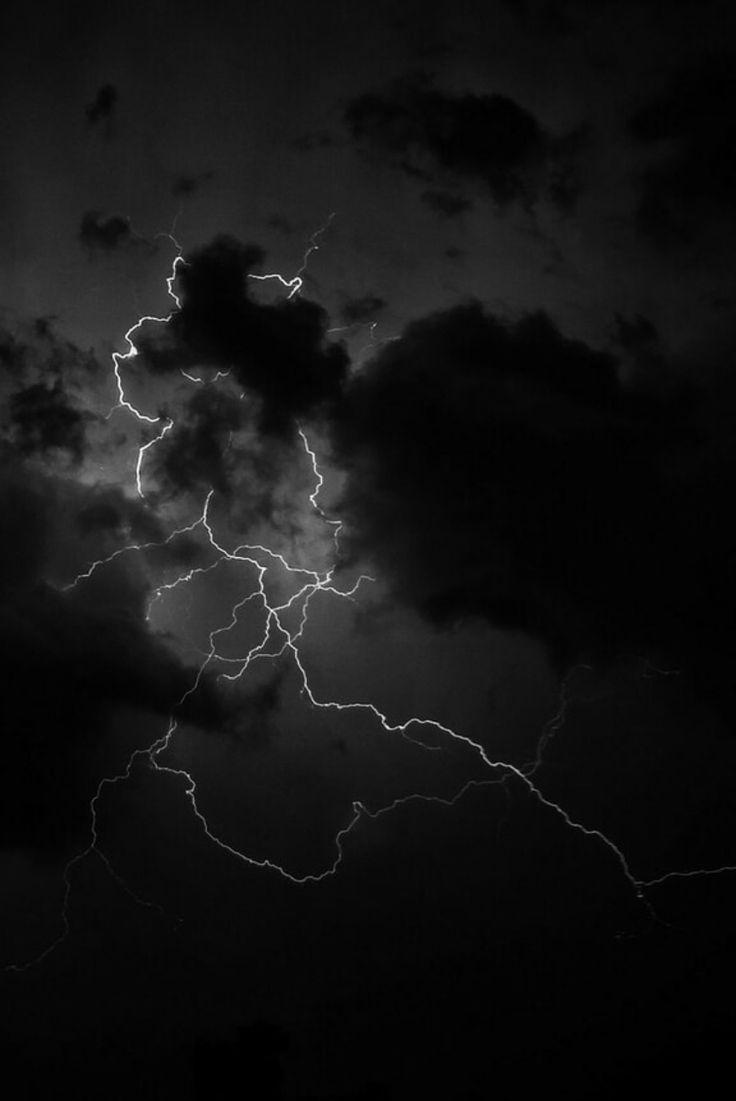
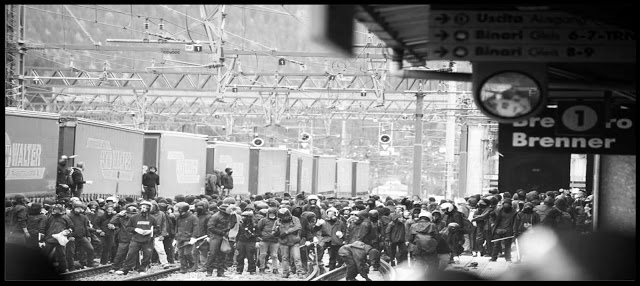
Hunger Strike of Anarchists and Fighting Prisoners in Solidarity with Alfredo Cospito
The 41-bis prison regime is the completion of the prison structure into a masqueraded death sentence. The execution, in this case, does not end in one moment, like with a gunshot, the tightening of the noose, the application of electrical current or the injection of poison into the body, rather it lasts a lifetime in a state of social coma, in a state of non-world. And so, spread through time. Out of this world, the death sentence has evaded history, just like the state pursues oblivion for all the prisoners of the social war who are buried alive in the state of 41-bis. The 41-bis regime has already murdered one fighter, Diana Blefari Melazzi.
The 41-bis regime and the law about “massacre” are the legacy of the european counter-revolution from the time of Piazza Fontana (Strage di piazza Fontana). This civil war never ended. The states, and particularly the Italian one, carry on the counter-revolution so that the flame may never flare up again. All the systems follow, step by step, the examples first introduced as special warfare, e.g. the white cells of West Germany, the F-type prisons in Turkey and the FIES prisons in Spain to the Type-C prisons in Greece or the new high security prison system A.A.; the still active Hitler-inspired law about indefinite extension of one’s sentence on “preventative” grounds, by which comrade Thomas Meyer Falk is being held for another 10 years (25 in total) in Freiburg prison in Germany, to the different methods of extorting declarations of repentance, and from Asinara to Imrali.
Anarchist Alfredo Cospito is fighting for the flame to flare up again. Let’s reassert the fight of the comrade.
It is our duty to defend in deed the battle that Alfredo Cospito is fighting. A struggle for and against time itself. This particular hunger strike does not concern only the comrades in the italian territory, but it is internationalist, and so the star of internationalist solidarity must shine on the side of Alfredo Cospito and all those who are fighting from within a special prison regime. From Greece to every point in the planet – for all those fighting for freedom.
Because defeat is not captivity, but losing one’s faith in the possibility of wining. So, we are collectively going on a hunger strike, according to each one’s capacity, so that we may stand by the side of anarchist revolutionary Alfredo Cospito, but also, against the death regime of 41-bis.
At the same time the struggle against the new prison code in greek prisons is continuing.
Anarchist and Fighting Prisoners
Yiannis Michailedis
(1 day hunger strike)
Dimitris Chatzivasileiadis
(3 day hunger strike)
Thanos Chatziaggelou
(1 day hunger strike)
Iasonas Rodopoulos
(1 day hunger strike)
Kostas Dimalexis
(3 day hunger strike)
Labros Vougiouklakis
(1 day hunger strike)
Panagiotis Vougiouklakis
(1 day hunger strike)
Stathis Nikolouzos
(1 day hunger strike)
Stergios Kalaitzidis
(1 day hunger strike)
Fotis Daskalas
(1 day hunger strike)